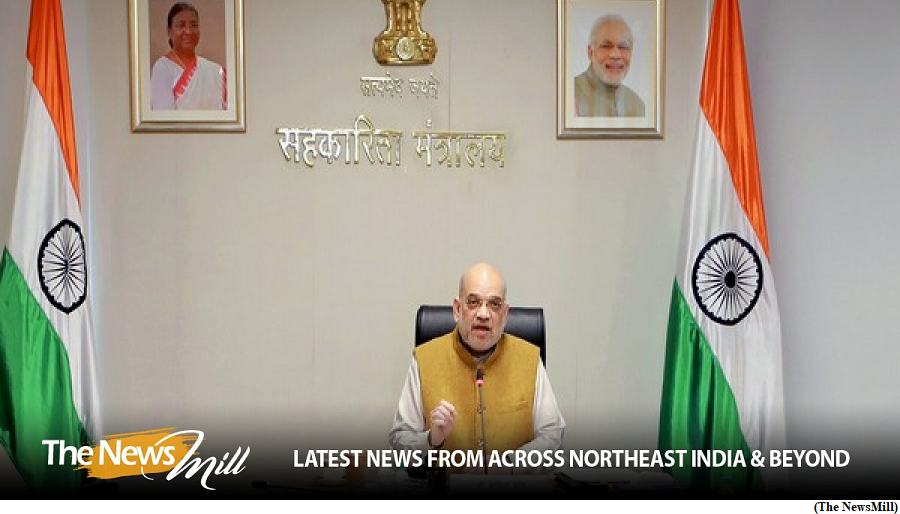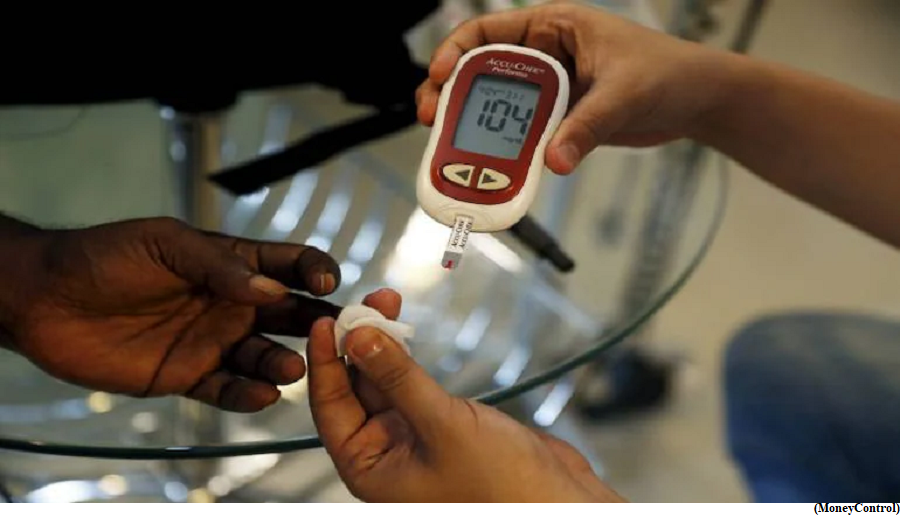Centre announces 4 initiatives to strengthen 1,514 Urban co-operative banks (GS Paper 3, Economy)

Why in news?
- Recently, the Central Government announced four important initiatives to strengthen 1,514 Urban Co-operative Banks (UCBs) in the country.
Key Highlights:
In order to expand their business, Urban Cooperative Banks (UCBs) can now open new branches.
- UCBs can now open new branches up to 10% (maximum 5 branches) of the number of branches in the previous financial year without prior approval of RBI in their approved area of operation.
- In order to avail this facility, UCBs have to get the policy approved by their board and comply with the Financially Sound and Well Managed (FSWM) Norms.
UCBs can also do One Time Settlement at par with Commercial Banks:
- RBI has notified a framework governing this aspect for all regulated entities including Urban Co-operative Banks.
- Now co-operative banks through board-approved policies may provide process for technical write-off as well as settlement with borrowers. This has brought cooperative banks at par with other commercial banks now.
Revised timelines for PSL targets given to UCBs:
- The Reserve Bank of India has decided to extend the timeline for UCBs to achieve Priority Sector Lending (PSL) targets by two years i.e. up to March 31,2026. Deadline of March 31, 2023 to achieve PSL target of 60% has now also been extended to March 31,2024.
- The excess deposits, if any, after clearing the shortfall of PSL during FY 2022-23 will also be refunded to UCB.
- Since UCB work in urban areas unlike commercial banks who have branches in rural areas as well, they were facing hardships on this score.
Designating a Nodal Officer in RBI:
- In order to meet the long pending demand of the cooperative sector for closer coordination and focused interaction, RBI has recently notified a nodal officer as well.
Way Forward:
- The above initiatives will further strengthen the Urban Co-operative Banks.
India seeing substantial rise of non-communicable diseases, Lancet report
(GS Paper 2, International Organisation)
Why in news?
- Recently, an Indian Council of Medical Research (ICMR) study on non-communicable diseases has highlighted an increasing trend of diabetes that may lead to increase in cardiovascular diseases among Indian population.

Details:
- The study by ICMR and India Diabetes has showcased the rising threat of non-communicable diseases (NCD) in the urban and rural population of India.
- Metabolic Non-communicable Disease Health Report of India surveyed 28 states, two union territories and Delhi across geographical, socio-economic and population for diabetes and other NCDs including hypertension, obesity and dyslipidemia (elevated cholesterol or fats in the blood).
- It is the largest study of diabetes and other metabolic NCDs in India.
Key Highlights:
- According to the study, there are 101 million people with diabetes and 136 million people with prediabetes, 315 million people with high blood pressure in India.
Obesity:
- The study showed that nearly 254 million Indians have generalized obesity, and over 351 million have abdominal obesity in the study period.
- General obesity is more than 25 percent in the southern and eastern states with the exception of Jharkhand, Bihar and Assam while abdominal obesity is high in all states except Jharkhand.
NCDs:
- Diabetes and prediabetes is a concern across states in the urban region. Uttar Pradesh has the lowest level of diabetes among states of 4.9 percent.
- The results show that 16.8 percent urban and 8.9 percent of rural population surveyed suffer from diabetes. In the case of hypertension, there is prevalence in 40.7 percent of urban and 33 percent in rural areas. Obesity and dyslipidemia also have a higher prevalence in urban populations than rural areas.
- The study shows women more are more prone to obesity and dyslipidemia. About 31 percent of females are affected by general obesity and 86.8 percent have dyslipidemia while the numbers are 25.4 percent and 75.1 percent, respectively, in male population.
Way Forward:
- The studies show that diabetes and prediabetes are pretty prevalent in India.
- The study is to understand how to prevent this and how to make changes in society which will reduce the burden of these non-communicable diseases which eventually result in high risk of cardiovascular disease, hypertension and others.



